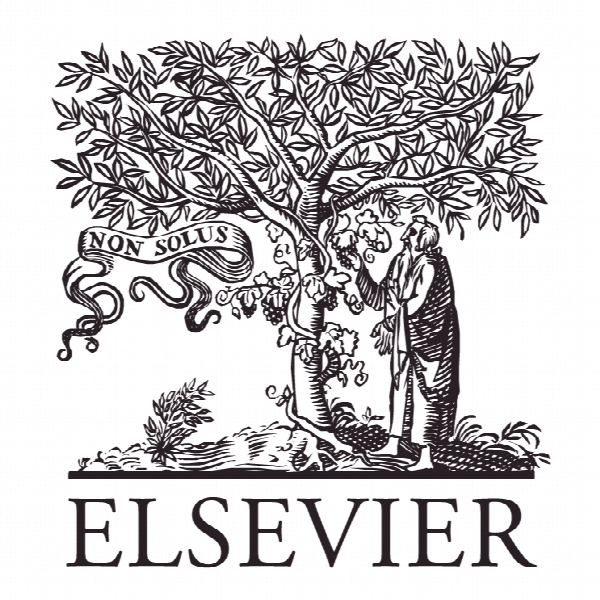انواع مدل های تجاری برای بازیافت پسا مصرف کننده Varieties of Business Model for Post-Consumer Recycling in China
- نوع فایل : کتاب
- زبان : انگلیسی
- ناشر : Elsevier
- چاپ و سال / کشور: 2018
توضیحات
رشته های مرتبط مدیریت
گرایش های مرتبط مدیریت کسب و کار
مجله تولید پاک – Journal of Cleaner Production
دانشگاه College of Urban and Environmental Sciences – Peking University – China
منتشر شده در نشریه الزویر
کلمات کلیدی بازیافت، مسئولیت تولید سازنده (EPR)، مدل کسب و کار پایدار، اینترنت +، زباله های الکتریکی و الکترونیکی (WEEE) و e-waste
گرایش های مرتبط مدیریت کسب و کار
مجله تولید پاک – Journal of Cleaner Production
دانشگاه College of Urban and Environmental Sciences – Peking University – China
منتشر شده در نشریه الزویر
کلمات کلیدی بازیافت، مسئولیت تولید سازنده (EPR)، مدل کسب و کار پایدار، اینترنت +، زباله های الکتریکی و الکترونیکی (WEEE) و e-waste
Description
1. Introduction A business model describes how an organization may create, deliver, and capture value in various economic, social, and cultural contexts (Osterwalder and Pigneur 2010). A growing body of research highlights the importance of understanding how sustainable development is operationalized in firm sustainability (Stubbs and Cocklin 2008). This research identifies the business model as a key vehicle for corporate sustainability by creating, capturing, and sharing company’s sustainable value proposition to its customers, and all other stakeholders, either within or beyond its organizational boundaries (Porter and Kramer 2011). The typical studies in this field used case-based theory at the organizational level to form the “ideal type” of sustainability-oriented business model (Schaltegger, Hansen and Lüdeke-Freund 2016). As Boons and Wagner (2009) had pointed out, an essential role of a sustainable business model is to link innovation niches at the micro level to the social-technical landscape at the macro level to arrive at a balance between economic performance and ecological/social sustainability both at firm and system level in market competition. Given the uncertainty and diversity in innovation niches, it is important to understand how the changes in institutional settings can affect the evolution of business models in practice. The development of extended producer responsibility (EPR) provides an opportunity for fostering green innovation and new business model by changing the institutional setting of urban waste regime (Rossem, Tojo et al. 2006). As an environmental policy approach intended, among other things, to create incentives for product innovation with lower environmental impacts throughout the lifecycle, EPR extends a producer’s responsibility, physical and/or financial, for a product to its post-consumer stage, and shifts the cost of waste management from local government to consumers and producers. This policy strategy addresses not only the physical properties of a product, but also the related modes of consumption and production. These include encouragement for the provision of the functions of the products in a more efficient way, a shift towards product-service systems, and an interest in re-manufacturing activities in the industries that manufacture and provide complex products (Lindhqvist 2000). However, the practice of EPR in some sectors, for example, waste electrical and electronic equipment (WEEE), shows that the simplified causal relations between regulation and producer’s behavior assumed by the policy makers failed to address the complex interactions among various stakeholders (Lauridsen and Jørgensen 2010.).


